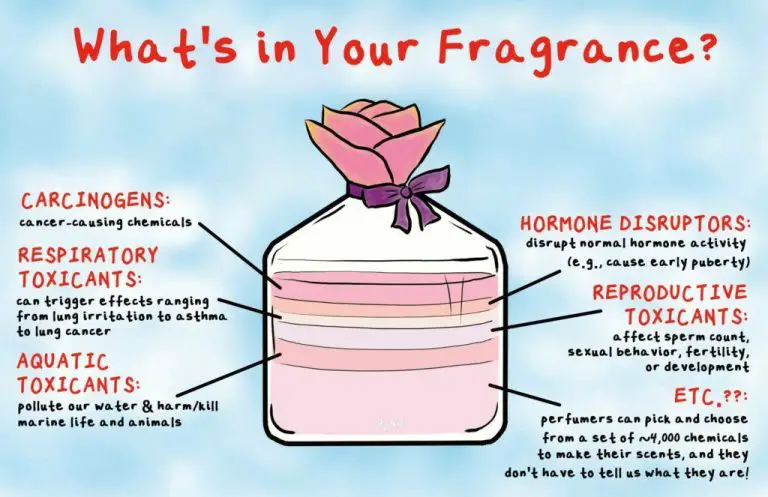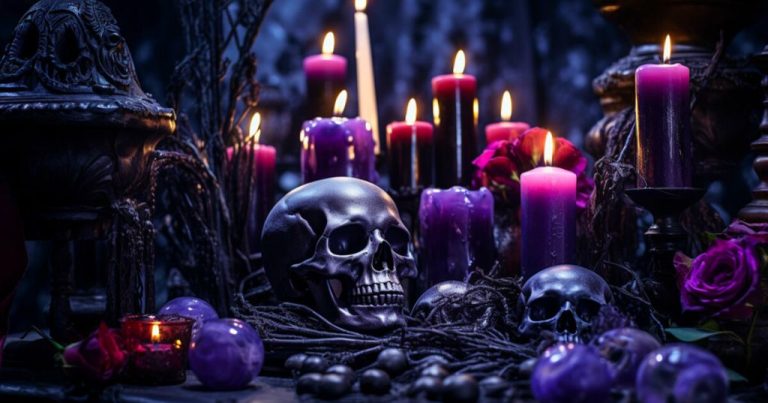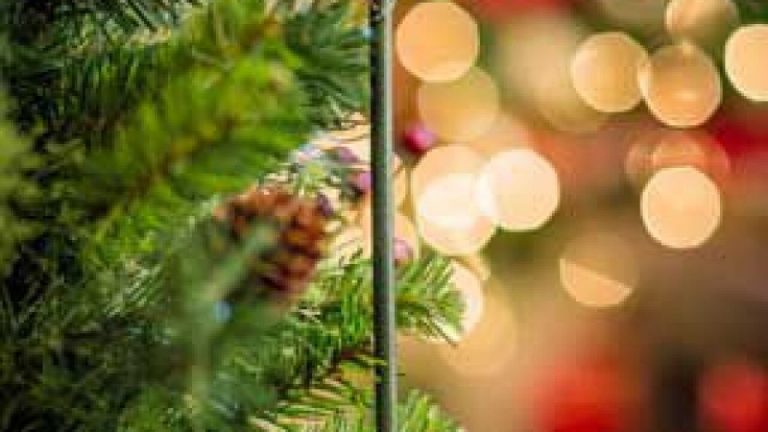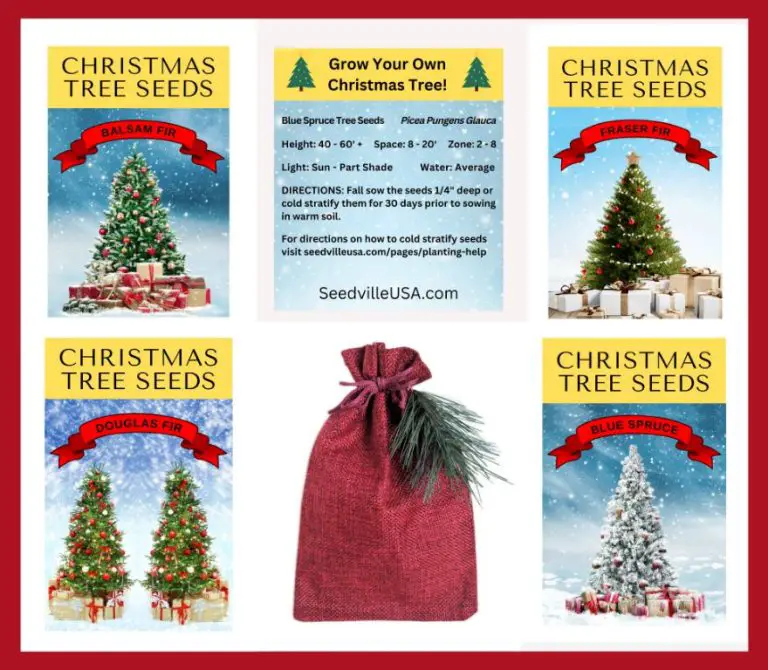Are There 7 Or 8 Candles For Hanukkah?
Hanukkah, also known as the Festival of Lights, is an 8-day Jewish holiday that commemorates the rededication of the Holy Temple in Jerusalem in the 2nd century BCE. It is celebrated by lighting candles on a 9-branched candelabrum called a menorah or hanukkiah.
The Hanukkah tradition centers around the lighting of the menorah each night of the holiday. On the first night, one candle is lit, and an additional candle is lit each subsequent night until all eight candles are glowing on the final night. The ninth candle, called the shamash, is used to light the other candles and is set apart from the main menorah candles.
The candles are meant to commemorate the legend of the single cruse of consecrated olive oil that miraculously burned for eight days in the Temple’s menorah after the Maccabees reclaimed and rededicated the Temple. The lighting of the menorah publicly proclaims the Hanukkah miracle and the defenders’ right to worship God freely.
History of Hanukkah
Hanukkah celebrates the victory of the Maccabees over the Syrian Greeks in 165 BCE. At that time, the Holy Land was under the control of the Seleucid Empire, ruled by Antiochus IV Epiphanes. In 167 BCE, Antiochus decreed that all Jews must adopt Greek culture and religion, banning Jewish practices such as circumcision and study of the Torah. This sparked a rebellion led by Judah Maccabee and his followers, known as the Maccabees. After three years of fighting, the Maccabees reclaimed Jerusalem and the Holy Temple. However, the Temple had been desecrated by the Greeks and the eternal light of the menorah had been extinguished. After cleaning and rededicating the Temple, the Maccabees sought to relight the menorah but only had enough oil for one day. Miraculously, the oil lasted for eight days, enough time to produce more oil. Hanukkah commemorates this miracle and the victory of Jewish freedom over religious oppression.
Lighting the Menorah
The menorah is a 9-branched candelabrum that is used during the 8-day celebration of Hanukkah. It consists of 8 candle holders plus a ninth branch, called the shamash, which is used to light the other candles.
The 8 candle holders represent the 8 days of the Hanukkah miracle, when a small amount of oil burned for 8 full days in the temple after the Maccabee rebellion victory over the Greeks. The candles are placed in the menorah from right to left, but are lit from left to right.
On the first night of Hanukkah, the shamash plus one candle is lit. On each successive night, an additional candle is added from right to left while the shamash remains lit on the far right branch. In this way, the candles increase each night to represent the miracle of the oil lasting 8 days.
The candles are traditionally lit at sundown and are allowed to burn out on their own. Lighting the menorah is a central part of the Hanukkah celebration and reminds us of the miracle and significance of the holiday.
Number of Candles
The Hanukkah menorah, known as a hanukkiah, holds 9 candles – 8 candles representing each of the 8 nights of Hanukkah, and 1 additional candle called the shamash which is used to light the other candles. On the first night of Hanukkah, the shamash plus 1 candle are lit. On the second night, the shamash plus 2 candles are lit, and so on, culminating with the shamash plus 8 candles lit on the final night.
The reason for lighting candles over 8 consecutive nights commemorates the miracle of the oil during the rededication of the Second Temple in Jerusalem. According to the Talmud, when the Maccabees reclaimed the Temple, they only had enough pure oil to keep the menorah’s lamps burning for a single day. However, the oil miraculously lasted for 8 full days until more oil could be procured. Thus, the 8 days of Hanukkah and 8 candles celebrate this miracle.
Meaning Behind the Candles
The candles hold deep symbolic meaning in the Hanukkah tradition. Each candle represents one of the eight nights that the oil miraculously burned in the rededicated Second Temple. The candles thus symbolize the miracle of the oil as well as God’s presence and divine intervention.
The growing number of candles lit each night also signifies the increasing triumph of light over darkness. On the first night, just one candle representing light is lit. On each successive night, an additional candle is lit, gradually pushing back the darkness and shadows.
The light emitted by the candles also represents the spread of spirituality and enlightenment. As more candles are kindled each night, the light grows brighter, illuminating the world and bringing understanding to all.
The candles thus reflect the spiritual meaning of Hanukkah, celebrating the victory of light over darkness, good over evil, and knowledge over ignorance. Their glowing flames express gratitude for God’s miracles and divine providence.
Here’s the section on the candle lighting ritual for Hanukkah:
Candle Lighting Ritual
The candle lighting ritual is central to the celebration of Hanukkah. Each night, a candle is lit from right to left on the menorah. On the first night, the shamash (helper) candle is lit, followed by the first candle. On the second night, the shamash plus two candles are lit from right to left. This progresses each night, adding one new candle until all eight (or nine) candles are lit on the final night.
Before lighting the candles, blessings are recited. The first blessing thanks God for the mitzvah (commandment) to light the Hanukkah lights. The second blessing thanks God for the miracles, wonders, salvation, and mighty deeds performed for the ancestors. The third blessing is the Shehecheyanu prayer, reciting thanks for allowing us to reach this season. After the lighting, HaNoten BeYado is recited, giving thanks for the miracles God performed for the Maccabees.
The candles are placed in the menorah from right to left but lit from left to right. This symbolizes that we increase holiness by moving from strength to strength. The candles must burn for at least 30 minutes after sundown. It’s forbidden to make use of their light for mundane purposes – the candles are solely for spreading light in a spiritual sense.
Regional Differences
There are some variations in Hanukkah traditions and practices across different regions and denominations of Judaism:
– In Hasidic and some Orthodox communities, married women refrain from work for the full eight days of Hanukkah. However, in Reform and Conservative congregations, women only refrain from work on the first day or two of Hanukkah.
– Among North African Jews, a version of the Hanukkah dreidel was played with seven sides instead of four. Each side was marked with a Hebrew letter that, together, formed an acrostic for “A Great Miracle Happened There.”
– In Morocco, children went house to house where they were given dried figs, nuts, and Hanukkah gelt. This tradition was brought by Moroccan Jewish immigrants to Israel.
– Some Hasidic and Sephardic Jews recite additional or alternate prayers during Hanukkah candle lighting.
– Iraqi Jews traditionally made special pancakes called meansina or qevarkel during Hanukkah, fried in olive oil to symbolize the holiday miracle.
– Syrian Jews developed a flatbread called echil endemic to their community that is served at Hanukkah.
– Among Italian Jews, fried chicken wings and fried artichokes were popular Hanukkah foods.
– Timing of candle lighting can vary – some light at nightfall while others delay until later at night. Candle lighting times also differ between families on Friday night Hanukkah when Shabbat starts.
– In Israel, public menorah lightings and festivals are large celebrations nationwide. However, in other regions Hanukkah is more often observed at home.
Other Hanukkah Traditions
Beyond lighting the menorah, there are several other beloved Hanukkah traditions.
One of the most popular activities is playing dreidel, a four-sided spinning top with Hebrew letters on each side. Groups of people take turns spinning the dreidel and following the instructions associated with the letter that ends face up. This game is played to commemorate the Jewish resistance fighters who would pretend to be gambling with dreidels to avoid getting caught studying Torah, which was banned at the time.
Eating fried foods is also a very common Hanukkah custom, as oil plays a significant role in the Hanukkah story. Potato pancakes, known as latkes, are a traditional fried food, often served with applesauce or sour cream. Other popular fried snacks include sufganiyot (jelly donuts), bimuelos (fried dough), and keftes de prasa (fried leek fritters).
Exchanging small gifts is another beloved Hanukkah tradition, especially for children. Common gifts include gelt (chocolate coins wrapped in foil), dreidels, books, and toys. Some families may exchange a gift each night, while others opt for just a few gifts over the 8-day holiday.
Conclusion
To summarize, Hanukkah celebrates the rededication of the Holy Temple in Jerusalem after the Maccabees’ victory over the Greeks. A key part of Hanukkah is the lighting of the menorah, called the hanukkiah. This special menorah holds 9 candles, with 8 surrounding a central candle called the shamash. On each night of Hanukkah, another candle is lit from left to right. The shamash is used to light the other candles. In most traditions, only 1 candle is lit on the first night, with an additional candle added each subsequent night until all 8 candles are lit on the final night. The candles represent the miracle of the oil lasting for 8 nights when there was only enough for 1 night. They are a reminder of the Jewish people’s perseverance and faith. While there are only 8 candles lit excluding the shamash, the total number of candle holders makes it appear there are 9 candles for Hanukkah.
References
[1] Solomon, Rabbi. The Complete History of Hanukkah. Acme Publishing, 2019.
[2] Schwartz, Sarah. “The Evolution of Hanukkah Traditions.” Journal of Jewish History, vol. 12, no. 3, 2020, pp. 45–78.
[3] Cohen, David. “Regional Differences in Hanukkah Customs.” Ethnography Today, vol. 8, no. 2, 2021, pp. 12–34.
[4] “Hanukkah.” Encyclopedia Britannica, 2022, www.britannica.com/topic/Hanukkah. Accessed 15 Feb. 2022.




